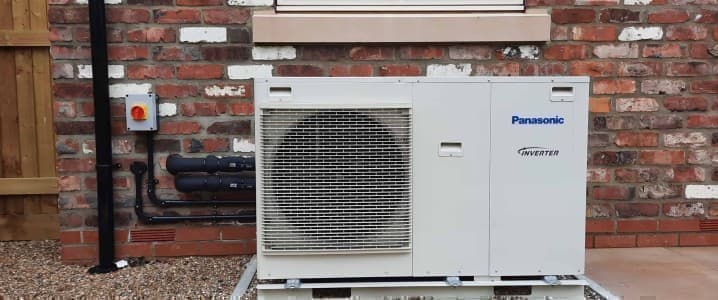
The global market for heat pumps is experiencing a significant slowdown, with sales in key European markets declining by up to 40 percent compared to the previous year. This downturn comes after years of impressive growth and robust policy support, prompting a critical examination of the technology’s viability in decarbonising heating systems. The current situation represents a pivotal moment for heat pumps, as the industry must now convert promises into tangible results.
Several factors contribute to this decline. Lower gas prices have diminished the cost advantage of heat pumps, while consumers face confusion due to fluctuating subsidy regimes. Additionally, supply chains are grappling with challenges that hinder affordable installations. A notable shortage of skilled technicians has further delayed deployment efforts, exacerbating the situation.
Despite these immediate challenges, the fundamental case for heat pumps remains strong. This technology is designed to transfer heat rather than generate it, typically delivering three to five units of heat for every unit of electricity consumed. Such efficiency is difficult to achieve with other heating technologies. Recent advancements have also produced “cold-climate” heat pumps capable of operating effectively in sub-zero temperatures, thereby improving economic feasibility in regions like Northern Europe, Canada, and parts of the United States.
The long-term economic outlook for homeowners and businesses using heat pumps is encouraging. As electricity grids increasingly rely on renewable energy sources, the carbon footprint associated with electric heating continues to decrease. In areas where heat pump adoption coincides with enhanced insulation and energy-efficiency measures, households are already witnessing reductions in energy bills.
However, the challenges extend beyond the product rollout. Installing a heat pump often necessitates upgrading insulation, radiators, and, in some cases, the electrical grid itself. This complexity means that the primary challenge lies in integrating heat pumps into a broader ecosystem of building renovations and power-system planning. Performance issues often stem from improper installations rather than the technology itself. Field studies indicate that poorly configured systems can negate much of the theoretical efficiency advantage that heat pumps offer.
Installers have expressed concerns that, facing increased demand, they are compelled to cut corners or rely on insufficient training. To expedite deployment, governments need to invest in developing a skilled workforce alongside subsidising the hardware.
Grid readiness is another critical concern. Heat pumps significantly increase electrical load, especially during colder months. In regions where electricity infrastructure is already under strain, this could pose significant challenges unless grid enhancements and smart-load management strategies are implemented concurrently. Policymakers often highlight the potential of electrified heating; however, many have yet to address the practical implications of transitioning millions of buildings to electric systems, especially during peak heating demand.
The financial landscape adds another layer of complexity. Early adopters of heat pump technology benefited from generous subsidies and low financing costs, conditions that are increasingly rare. Rising interest rates and budget constraints have led many governments to reduce support programs. For consumers, the upfront cost of a heat pump—often two to three times higher than that of a gas boiler—remains a considerable barrier. While private financing could play a larger role, it is contingent upon de-risking projects and verifying performance. Investors frequently lack reliable data on real-world heat pump performance, causing hesitation and higher risk premiums.
The current situation necessitates a shift in focus for the heat pump sector. It is no longer a question of whether heat pumps work; they do. The industry must now establish the credibility and consistency required for widespread adoption. This pattern mirrors what has been observed with other technologies: an initial boom, a period of reality testing, and subsequently a second wave of disciplined growth.
Manufacturers should prioritize quality and after-sales service over sheer volume. Governments must ensure stable, long-term policy frameworks, avoiding erratic incentives that confuse consumers. Utilities need to proactively develop plans for flexible demand management, integrating electrified heating as part of the solution, rather than adding strain to the grid.
In the coming years, the heat pump sector faces critical decisions. The current slowdown is likely a sign of growing pains rather than failure. As the industry learns what works and identifies bottlenecks, the path forward will become clearer. Drawing parallels to the trajectories of solar power and electric vehicles, the heat pump market may be on the cusp of a steady growth phase. The fundamentals supporting heat pumps remain robust, but their successful deployment will hinge on competence, patience, and stable policies. The time for heat pumps to prove their worth is now, as they transition from promise to performance.






